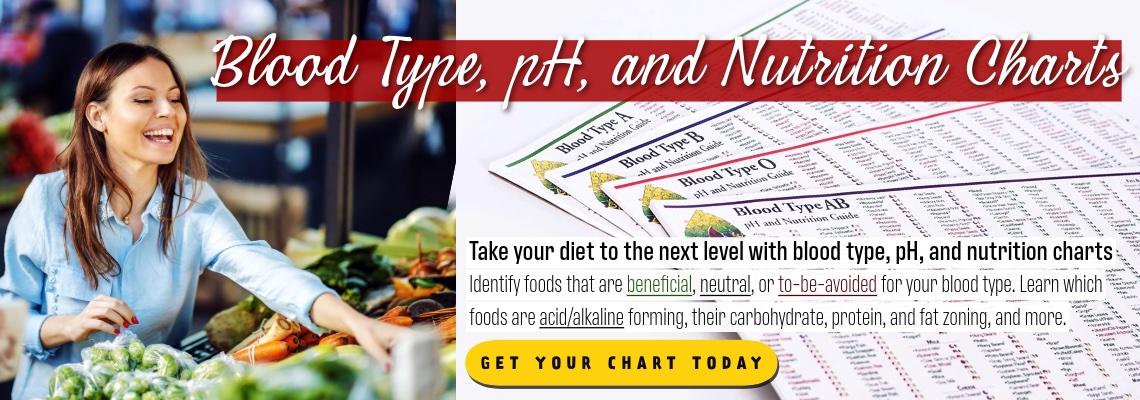
Violets are fairly common, but easy to overlook. They’re popular garden flowers and they can also be found growing in the wild. These perennial plants in the Viola genus are found all over the world, typically growing at the forest edge and in clearings in the wood. Few people know them as anything other than pretty flowers, but violets can be used as food, medicines, fragrances, and flower essences for emotional healing.
Violets as Food
To start with, the flowers of all violets are edible. They make a colorful addition to a salad, perking it up with some color. The leaves are also edible, however, don’t eat too many of them as they can cause digestive upset in larger quantities. This is similar to eating white Dutch clover, which is also edible in small quantities. I’ve nibbled on violets I harvested in the wild, and they taste pretty good. If you do want to try tasting violets wait until the plant is in flower so you know what you’re harvesting.
Violets as Medicine
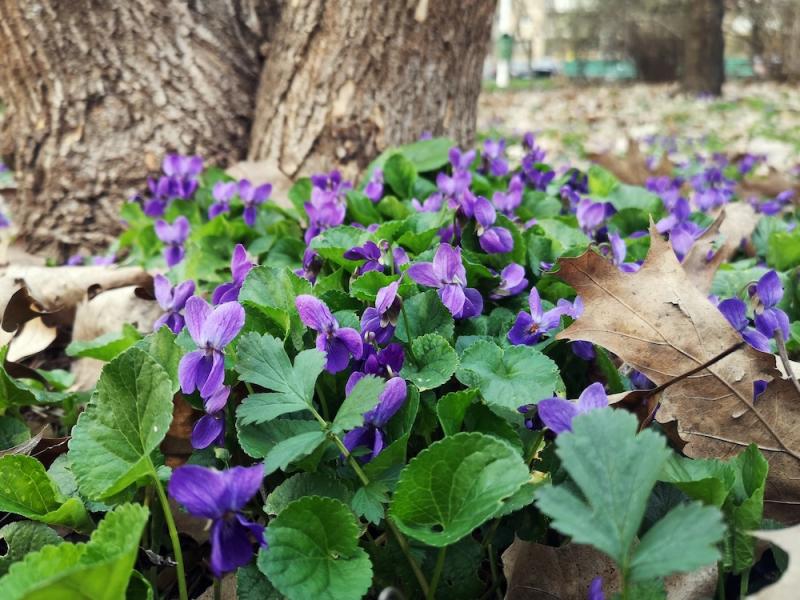 The leaves are also the medicinal part of the plant. They’re aromatic and mucilaginous and act as a lymphatic tonic, expectorant, and diuretic. At least one species, Viola tricolor, is reported to contain small amounts of salicylates, which reduce inflammation and pain. Tea from the leaves has also been used as a mouthwash to reduce the pain of toothaches and canker sores.
The leaves are also the medicinal part of the plant. They’re aromatic and mucilaginous and act as a lymphatic tonic, expectorant, and diuretic. At least one species, Viola tricolor, is reported to contain small amounts of salicylates, which reduce inflammation and pain. Tea from the leaves has also been used as a mouthwash to reduce the pain of toothaches and canker sores.
Violet leaves are a good lymphatic herb. By promoting lymph flow they can help to ease swollen lymph nodes, reducing irritation and inflammation. They are also used as a respiratory remedy to soothe cough, asthma, croup, and bronchitis.
They can also ease difficulty urinating and can be helpful for fighting urinary tract infections since they have a slight antimicrobial action. The leaves have been used both internally and topically to soothe skin problems, such as eczema, psoriasis, acne, and cradle cap. They can strengthen capillaries and help reduce blood pressure, too.
Making a Fresh Plant Tincture of Violet
The fresh leaves are much more effective than the dried leaves, so either gather and use them fresh or gather them and make a fresh plant tincture. I make fresh plant tinctures by putting the fresh plant material into a high-powered blender (my VitaMix), and adding just enough high-proof Everclear (grain alcohol) to juice the leaves. The 180 proof, 90% alcohol is diluted in the juice to a lower proof and helps to preserve it. After blending, let it stand for a few days and then strain it.
I’ve used this technique to make a tincture of wild lettuce and fresh plantain. I’ve also done it by blending fresh plants with pure vegetable glycerin, then adding a small amount (10-20%) of brandy or vodka to the finished glycerite to help preserve it.
Violet Flower Essence for Shyness
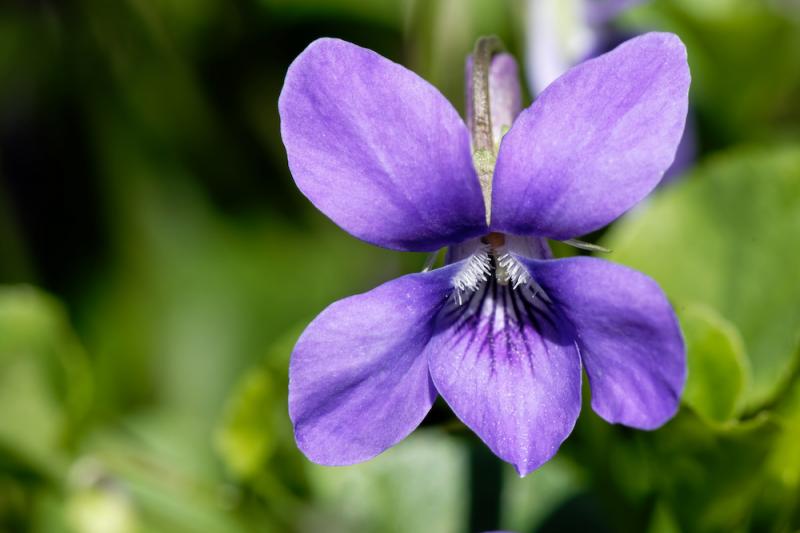 Since violets are low-growing flowers and often prefer shady areas at the edge of the forest they are associated with shyness. The term “shrinking violet” refers to a person who is shy or modest and doesn’t like to attract attention. A poet and essayist drew attention to the modest English violet (Viola odorata) when he wrote, “here and there by the thorny underwood a shrinking violet.”
Since violets are low-growing flowers and often prefer shady areas at the edge of the forest they are associated with shyness. The term “shrinking violet” refers to a person who is shy or modest and doesn’t like to attract attention. A poet and essayist drew attention to the modest English violet (Viola odorata) when he wrote, “here and there by the thorny underwood a shrinking violet.”
So, violet flower essence is used for people who suffer from profound shyness. They fear being submerged in groups and at a social gathering tend to sit on the sidelines, unable to put themselves forward. They may suffer from feelings of loneliness and isolation and may appear cool and aloof to others. They need to learn to trust in the warmth of others, so they can share themselves with others while remaining true to themselves.
Violet Absolute in Aromatherapy
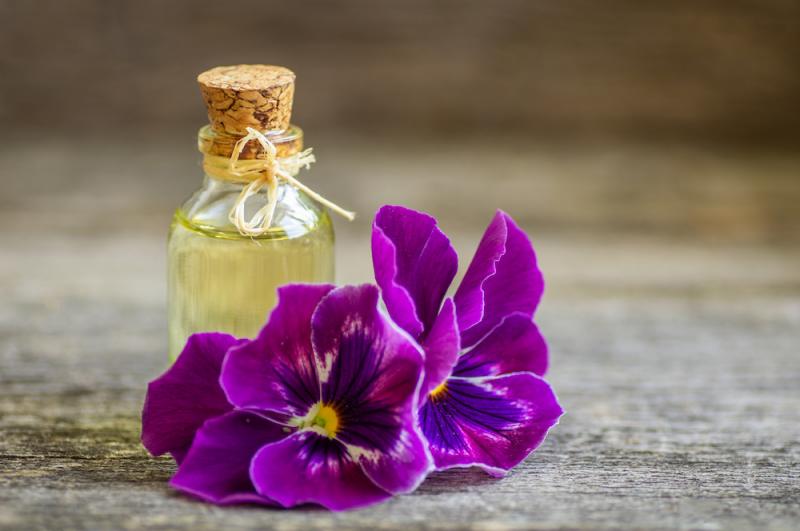 Violet is also extracted as a perfume fragrance. The undiluted violet extract (absolute) has a green color and a green-leaf odor with a delicate floral note. It can be used in the treatment of skin problems, such as acne and eczema, and is non-irritating to the skin. It can also be inhaled help to ease headaches.
Violet is also extracted as a perfume fragrance. The undiluted violet extract (absolute) has a green color and a green-leaf odor with a delicate floral note. It can be used in the treatment of skin problems, such as acne and eczema, and is non-irritating to the skin. It can also be inhaled help to ease headaches.
In the language of flowers, violet has been traditionally associated with humility, purity, and happiness. Emotionally, violet helps create a feeling of peace and tranquility. It can enhance creative focus. There is an ancient Roman proverb “in viola esse” which literally means “to recline on violets” or, in other words, to be blissfully happy. Therapeutically, the violet fragrance helps soothe irritability, reduce dizziness, ease nervous exhaustion, and aid sleep.
Heartsease: A Violet for the Heart
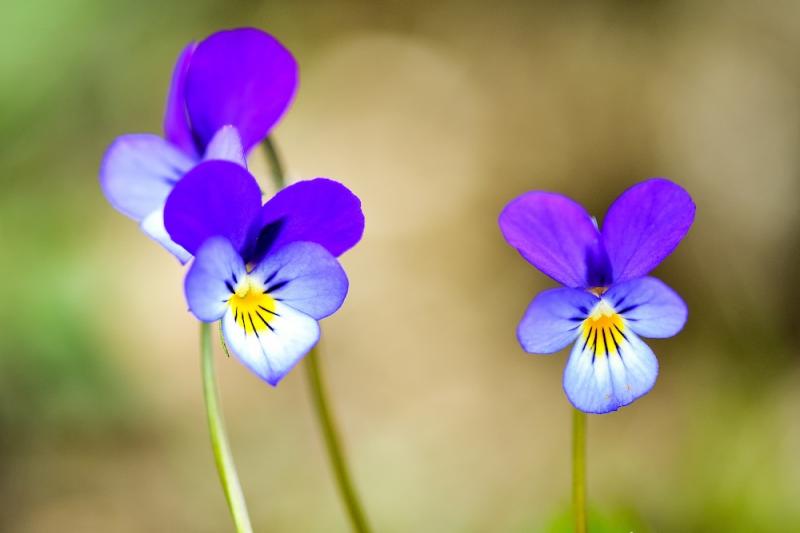 One particular species of violet, heartsease or Johnny jump up (Viola tricolor), has some additional uses. These plants can be annuals or perennials, depending on where they grow. In Northern climates, they die in the winter, but they readily self-seed and regrow the next year, hence the “jump up” in the name.
One particular species of violet, heartsease or Johnny jump up (Viola tricolor), has some additional uses. These plants can be annuals or perennials, depending on where they grow. In Northern climates, they die in the winter, but they readily self-seed and regrow the next year, hence the “jump up” in the name.
Legend says cupid’s arrow brought color to the flower. In the language of flowers, giving heartsease means “you are in my thoughts.” This particular violet has a reputation for helping bring comfort to those who feel hurt, lonely, rejected, and broken-hearted. It has been used since the time of Hippocrates as a cordial to lift the spirit and ease heart conditions.
You could use it as a flower essence as an emotional tonic for the heart, but you can also use it as a cordial. That is, put the flowers into some wine and allow them to sit for a few days to make a cordial. Or, to make a non-alcoholic cordial, add the flowers to a sweet drink like homemade lemonade with honey.
Get to Know Your Local Plants
Native Americans used many different species of violets for food and medicine and I wrote about them because they’re easy to obtain, but not at your local health food store or a network marketing company. I believe it is important to be more aware of these local remedies as commercial herbalism tends to focus on a few plants which wind up being over-harvested. So, even though violets might be easy to overlook, they are worth taking notice of them to discover and benefit from their many virtues.
If you want to learn about some other local remedies that aren’t that readily available in the commercial marketplace, you should check out the Valuable Wild Medicines webinar I did with Thomas Easley. It is one of the webinars from my Be Herbally Prepared series. If you'd like to see the rest of the webinars you can, join our member program.
Downloads
Steven's Articles
October
-

-
Understanding Caffeine & Cellular Adaptation
Preserving the power of caffeine's buzz and the…
September
-

-
Horseradish
A pungent spice for aiding protein metabolism…
-

-
Banaba or Crepe Myrtle
A beautiful tree from Southeast Asia whose leaves…
August
-

-
Monkeyflowers
Flower essences to help see ourselves more clearly…
-

-
Mariposa Lilies
Strengthening the bond between mother and child…
-

-
The Noble Bay Leaf
A common kitchen herb for aiding digestion and…
-

-
Epimedium: Horny Goat Weed
A circulatory stimulant and kidney yang tonic…
July
-

-
The Medicinal and Nutritional Benefits of Apricots
A nutritious fruit and valuable medicinal seed for coughs
-

-
Dogwoods
Asian dogwood is used to stop excessive discharge,…
June
-

-
Neem: The Village Pharmacy
A popular Ayurvedic remedy for dental and immune…
-

-
Spilanthes: The Toothache Plant
A traditional remedy for teeth and gums, as well…
-

-
Forsythia
An anti-inflammatory, fever-reducing, and infection fighting herb
May
-

-
Buckwheat (Kashi)
A delicious, high protein, gluten-free, gut-healthy food
-

-
Leaky Gut Syndrome
Plugging the leaks on the underlying cause of…
-

-
Storksbill
An edible, medicinal, weedy herb, helpful for…

